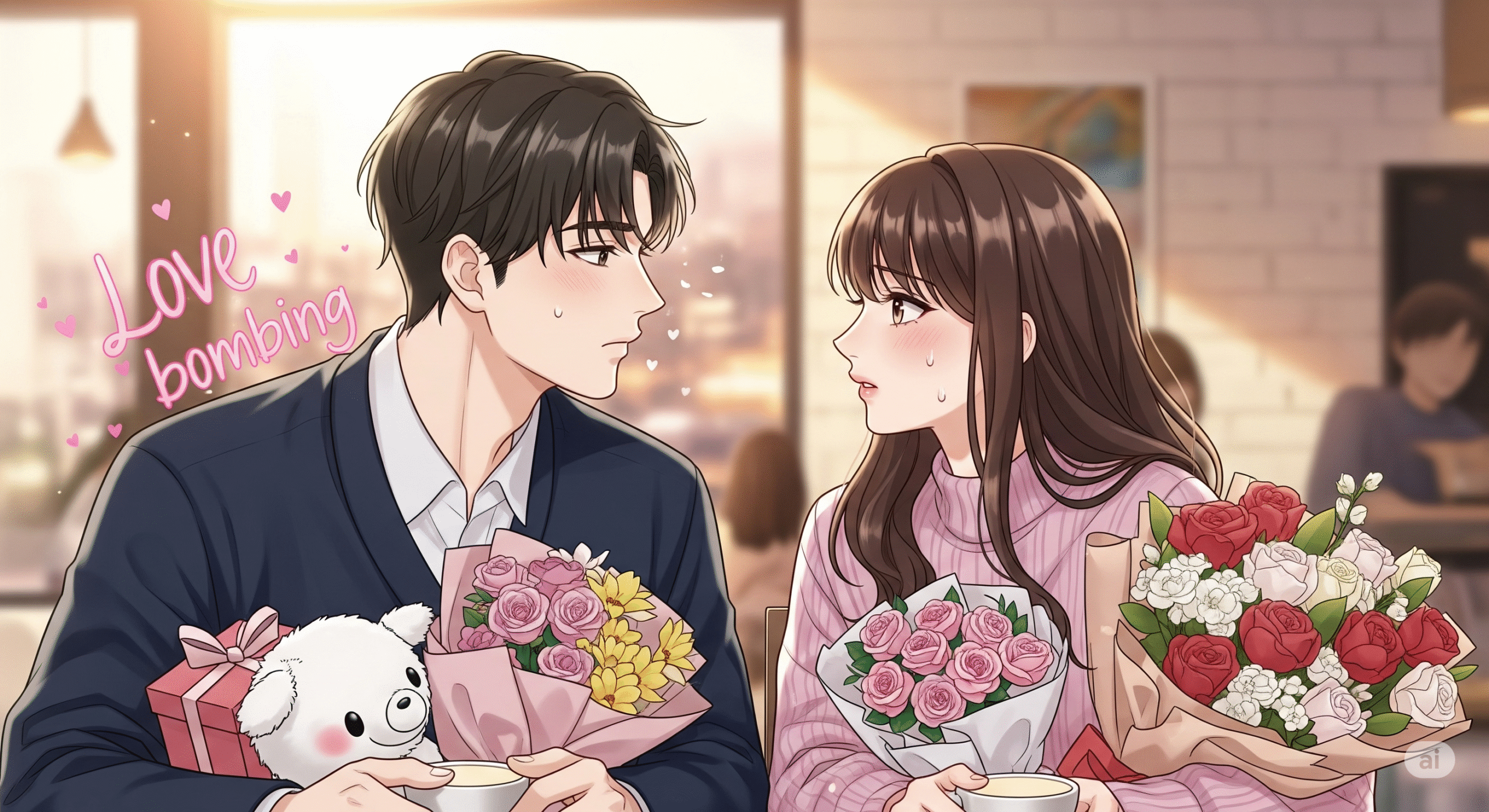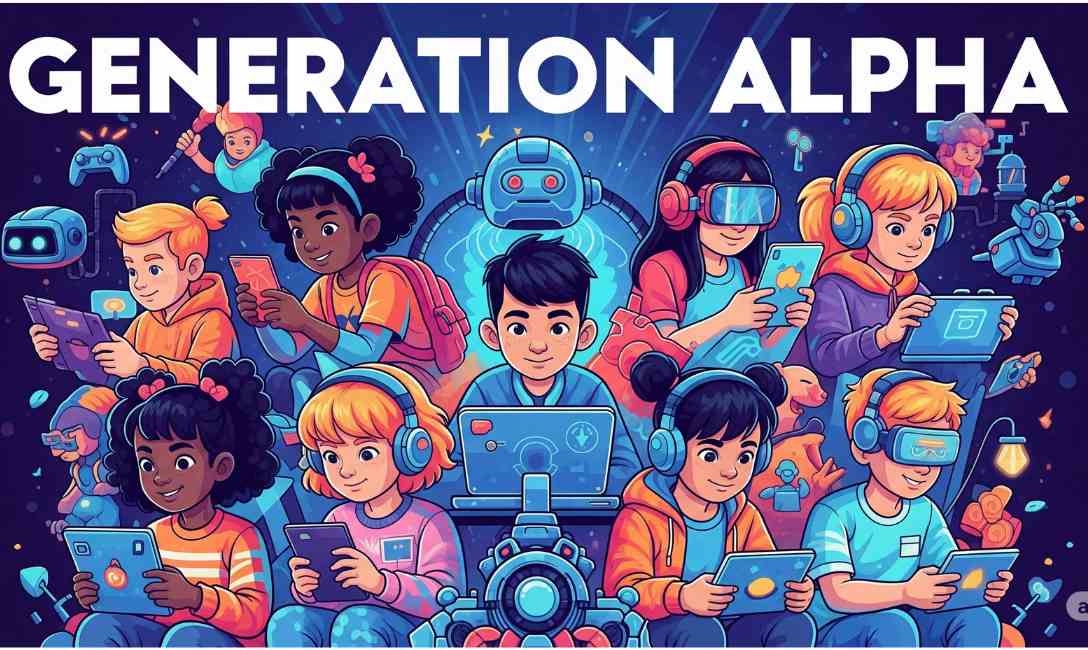Introduction
As temperatures drop and daylight fades, a curious relationship trend called “Cuffing Season” begins to emerge. This seasonal phenomenon influences dating habits globally, particularly in colder regions, and has become a mainstream conversation among singles and relationship experts alike.
But what exactly is cuffing season, and why does it matter?
Let’s dive into the psychology, patterns, benefits, and challenges of this uniquely modern trend in the dating world.
What is Cuffing Season?
Cuffing Season meaning refers to a period—typically during fall and winter—when single individuals seek short-term relationships to cope with the cold, loneliness, and holiday social demands.
The term “cuffing” is derived from “handcuffing,” symbolizing temporarily committing or “locking in” a partner for the winter months. It contrasts with the freedom and casual dating of summer, focusing instead on comfort, companionship, and coziness.
Quick Fact:
The term “Cuffing Season” was first seen in Urban Dictionary around 2011 but became a viral trend through Twitter and meme culture.
The Psychology Behind Cuffing Season
Why do people feel the urge to couple up during colder months?
- Biological Factors:
- Shorter days reduce serotonin levels, leading to seasonal affective disorder (SAD).
- Oxytocin (the bonding hormone) surges during physical intimacy—more desired in colder weather.
- Emotional Comfort:
- Holidays (Thanksgiving, Christmas, New Year’s) often intensify feelings of loneliness.
- Family gatherings may pressure singles to bring a partner.
- Social Influence:
- Social media showcases happy couples, reinforcing the desire not to be alone.
- Practical Comfort:
- Netflix-and-chill nights, warm cuddles, and shared winter activities appeal more than going out in freezing weather.
When Does Cuffing Season Start and End?
Cuffing Season Timeline:
- Pre-season scouting: August – September
- Drafting: October (peak dating app usage spikes)
- Official Cuffing: November – February
- Breakups & Transitions: March – April
Dating apps report increased sign-ups and messaging from September through December, with activity peaking right before the holidays.
Signs You’re Participating in Cuffing Season
You might unknowingly be engaging in cuffing behavior if:
- You suddenly crave a consistent partner in fall.
- You’re not looking for long-term love, but companionship during holidays.
- You spend more time on dating apps as temperatures drop.
- Your relationship starts quickly and feels seasonal in nature.
- You talk about “staying in” more than “going out.”
Is Cuffing Season Bad? Myths vs. Reality
Myth 1: Cuffing Season relationships are always fake.
Truth: Not all seasonal relationships are superficial. Some evolve into serious commitments.
Myth 2: Only emotionally immature people participate.
Truth: Many emotionally intelligent individuals seek comfort and bonding during the colder months. It’s natural.
Myth 3: It’s all about physical intimacy.
Truth: Emotional support, warmth, and companionship are just as important as physical needs.
Cuffing and Online Dating Trends
Dating apps like Tinder, Bumble, and Hinge notice a 30% to 40% increase in activity from October to December.
Popular Features During Cuffing :
- Video chat options
- “Looking for something casual” prompts
- Holiday-themed swipe events
- Geo-based matchmaking for local cuddling buddies
Dating services also launch seasonal promotions, encouraging users to find someone before the holidays.
Tips to Navigate Cuffing Relationships
1. Set Clear Intentions
- Be honest with yourself and your partner about what you’re looking for.
2. Communicate Boundaries
- Decide on exclusivity, holiday plans, and whether you’ll meet families early.
3. Enjoy the Moment, But Stay Grounded
- Don’t romanticize the relationship just because of the season.
4. Prioritize Mental Health
- Avoid seeking relationships just to avoid loneliness. Therapy and self-reflection help.
5. Be Respectful of Endings
- If the relationship was seasonal, end it kindly. Avoid ghosting.
How to Turn a Cuffing Season Fling Into a Long-Term Relationship
If both partners develop deeper feelings, here’s how to transition:
- Talk About the Future: Discuss life beyond winter.
- Make Plans for Spring: Vacations, joint projects, or mutual hobbies.
- Evaluate Compatibility: Do values and life goals align?
- Introduce Each Other to Friends: Moving beyond “just us” helps.
- Stay Consistent: Build habits beyond the cuddle sessions.
Cuffing Season vs. Other Types of Relationships
While Cuffing Season relationships have unique characteristics tied to time and season, it’s important to distinguish them from long-term, casual, or situationship-style bonds. Here’s a table comparing these relationship types to help clarify expectations and dynamics:
| Aspect | Cuffing Season Relationship | Long-Term Relationship | Casual Relationship | Situationship |
| Duration | Seasonal (Fall to early Spring) | Ongoing, often years | Short-term, undefined | Undefined, fluctuates |
| Intent | Companionship & comfort in colder months | Commitment, future planning | Fun, intimacy without commitment | Emotional/physical connection without clarity |
| Emotional Depth | Moderate; grows depending on intent | Deep, evolving | Low to moderate | Varies greatly |
| Communication Clarity | Often starts with unclear intentions | High level of transparency | Sometimes clear, often not | Frequently ambiguous |
| Public Disclosure | Shared among close friends or private | Openly shared with family/friends | Not always public | Rarely defined publicly |
| Typical End | Fades as seasons change | Continues through life stages | Ends when interest wanes | Ends in confusion or stagnation |
Expert Opinions and Relationship Therapist Insights
Dr. Sarah Jenkins, Licensed Marriage Counselor:
“Cuffing season is a reaction to emotional and biological rhythms. If partners are open and intentional, these relationships can be fulfilling.”
Jason Lore, Relationship Coach:
“Instead of fearing temporary connections, embrace them with clarity. Know why you’re entering a seasonal relationship—companionship, growth, or fun—and communicate that.”
Conclusion
Cuffing Season isn’t just a dating trend—it’s a reflection of the human need for connection, warmth, and emotional comfort during colder, darker months. Whether you’re looking for a winter cuddle buddy or hoping your seasonal romance lasts until summer and beyond, understanding the dynamics of cuffing season can help you make healthier, happier relationship choices.
Key Takeaways:
- The cuffing season typically runs from October to February.
- It’s driven by psychological, emotional, and social factors.
- Communication and intention are crucial.
- Seasonal love can blossom into long-term relationships—or be a beautiful chapter on its own.
FAQs
1. Is cuffing season only about hooking up?
No. While intimacy is part of it, emotional bonding and companionship are also strong drivers.
2. Can cuffing season lead to true love?
Yes. Many long-term relationships start during this period.
3. How do I avoid heartbreak after cuffing season?
Be clear on intentions, communicate openly, and evaluate the relationship before spring.
4. Are men or women more likely to engage in cuffing season?
Both genders participate equally, though motivations might differ slightly.
5. Is it okay to want a relationship only for a season?
Yes, as long as both parties are aware and consent to the arrangement.




